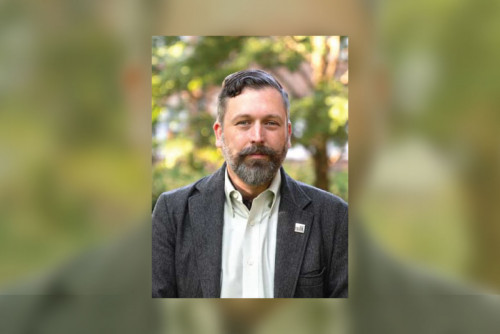
The rise of innovative technology, including the incorporation of extended reality and artificial intelligence, is now being utilized in higher education.
Lindenwood University Professor of Art History Dr. James Hutson offered his perspective at the Inclusive Makerspace Conference at the University of British Columbia in Vancouver in March.
Hutson presented "XR and Generative AI: Powering Immersive Cultural Heritage Experiences" and provided insight into how evolving technologies can transform education.
Throughout his presentation, Hutson demonstrated Lindenwood's core value of putting students first by offering hands-on demonstrations using XR and AI.
By utilizing these technologies at Lindenwood - including virtual computer labs – students will gain real experience, which will translate to real success in the professional world as they apply the knowledge they gained in the workforce. Additionally, Lindenwood students are taught by some of the best instructors in the industry, including Hutson, which enhances their success through adaptive learning and innovative projects.
"Cultural heritage entities often grapple with the Herculean task of offering experiences that are not only accessible but also profoundly engaging to individuals from varied backgrounds, each with unique preferences and needs," Hutson said.
Additionally, Hutson demonstrated how XR and generative AI can change how people interact with cultural heritage. By incorporating these technologies, institutions can excel in engagement methods.
"Physical barriers and language limitations restrict access to those with mobility issues or non-native speakers, which diminish the potential for a universal appreciation of cultural heritage," he said.
By sharing his knowledge of XR and generative AI and how these technologies can be utilized in an educational setting, Hutson believes this approach will be beneficial both in and outside the classroom.
"These technologies facilitate a more nuanced and personalized interaction with historical content, catering to a wide array of learning styles and interests," he said. "This personalized approach not only deepens visitor's connection to the material but also fosters a broader understanding and appreciation of cultural heritage, regardless of one's abilities or linguistic proficiency."












